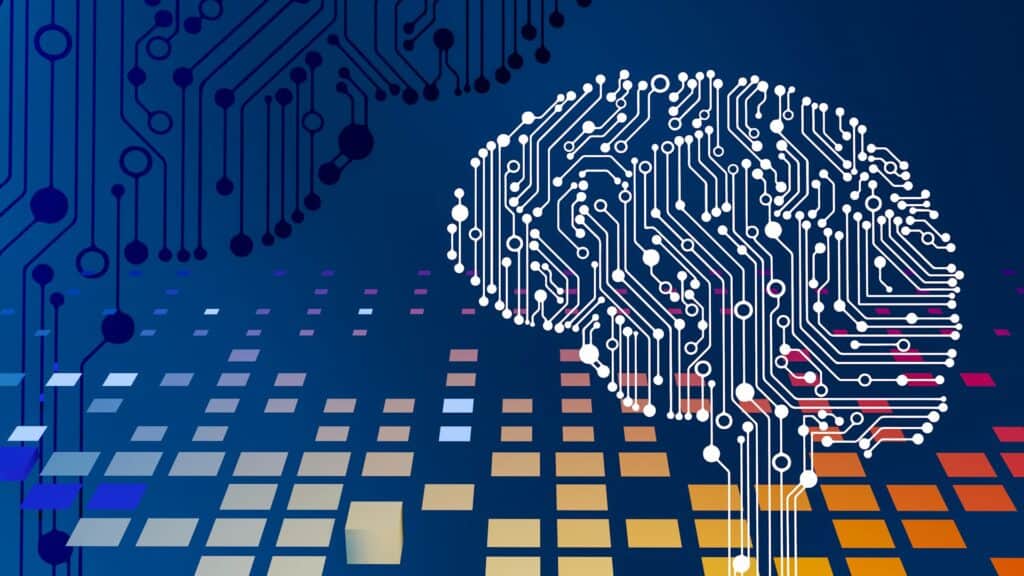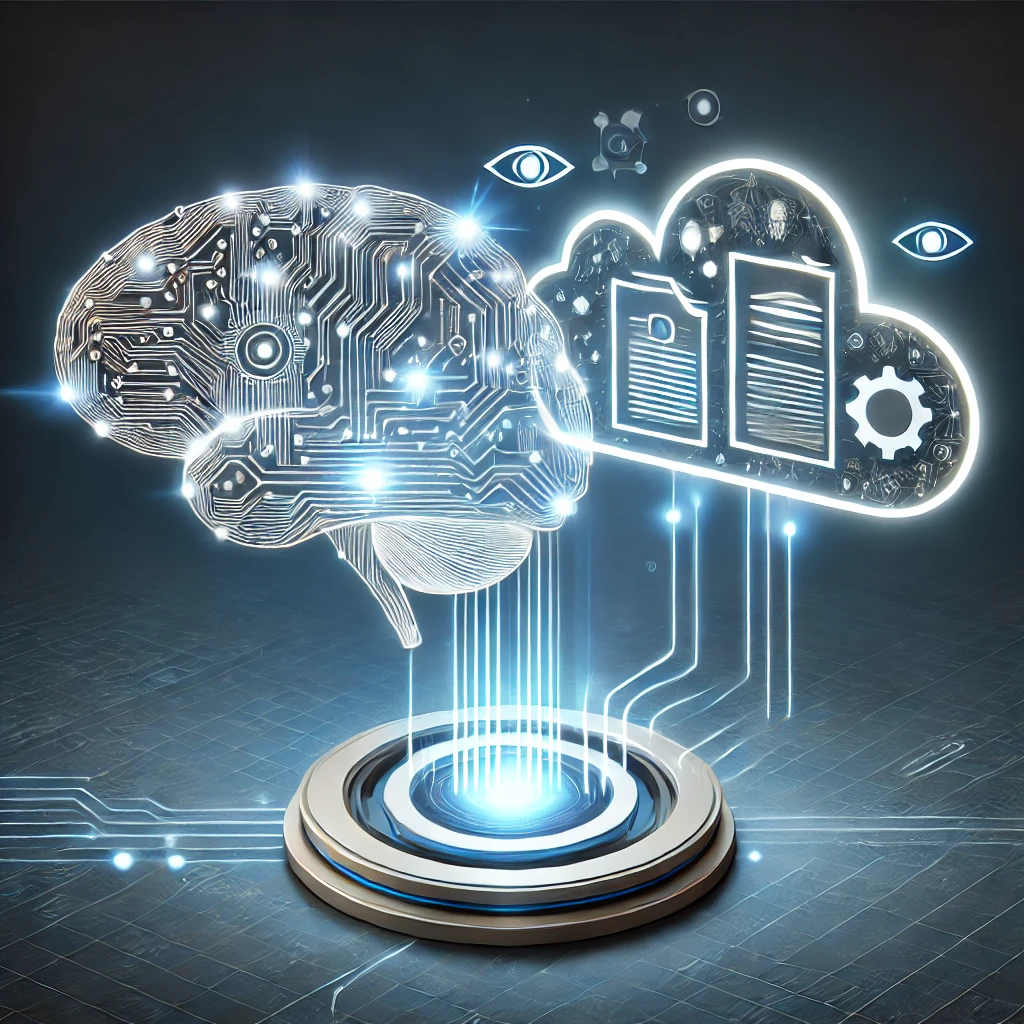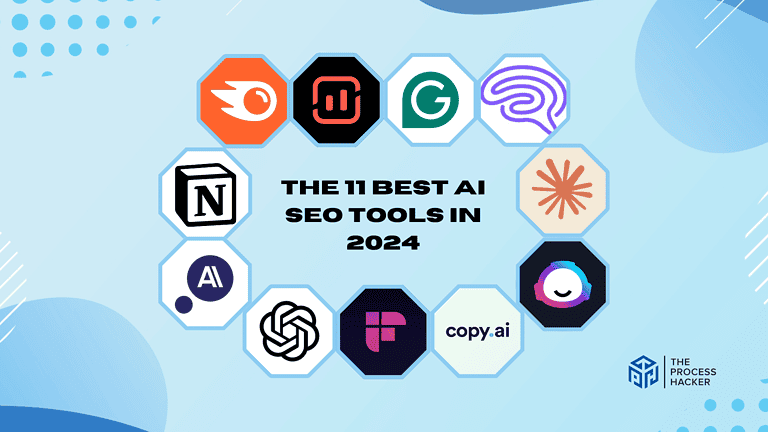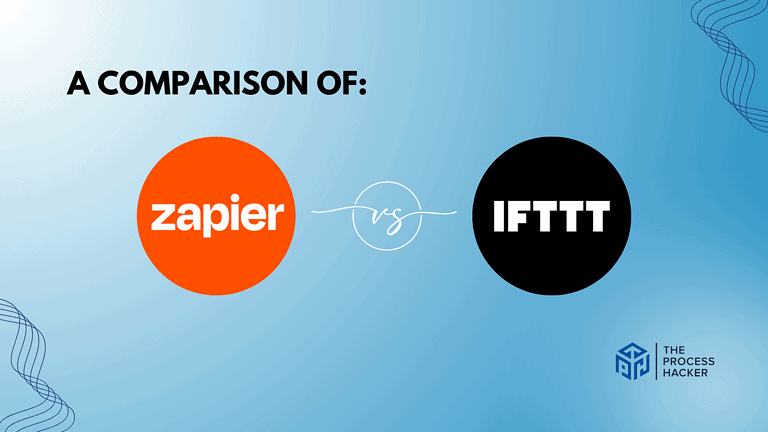Retrieval Augmented Generation (RAG): Bridging Knowledge Gaps in AI
In the rapidly evolving world of artificial intelligence, Retrieval Augmented Generation (RAG) has emerged as a groundbreaking approach that addresses one of the most significant limitations of traditional large language models: their static knowledge base.
RAG represents a sophisticated method of enhancing AI’s ability to provide accurate, contextually rich, and up-to-date information by dynamically retrieving relevant information during the generation process.
What is Retrieval Augmented Generation (RAG)?
What is RAG in AI? At its core, RAG is a powerful technique that combines two critical components of natural language processing:
- Retrieval Mechanism: A system that searches through a large corpus of external knowledge to find relevant information.
- Generation Model: An AI model that uses the retrieved information to construct a more informed and precise response.
Imagine a traditional language model as a student taking an exam with only their existing knowledge. In contrast, a RAG-powered model is like a student who can quickly reference textbooks and notes during the test, ensuring more accurate and comprehensive answers.
How RAG Works: A Deep Dive
The RAG process typically involves three key steps:
1. Document Indexing
In the first stage, Document Indexing, external knowledge sources are preprocessed and transformed to make them searchable. This involves converting the content of these documents into vector embeddings—a numerical representation that captures the semantic meaning of the text. These embeddings are then stored in a vector database, enabling efficient and meaningful retrieval later on.
2. Query Retrieval
Next is the Query Retrieval stage. When a user submits a query, the system processes it by generating a corresponding vector embedding. This query vector is compared against the pre-indexed document embeddings in the vector database. By measuring semantic similarity, the system identifies and retrieves the top-k most relevant documents that closely match the intent and content of the query.
3. Augmented Generation
Finally, in the Augmented Generation phase, the retrieved documents are combined with the original query to provide additional context. This enriched input is passed to a language model, which then generates a response that integrates both the original question and the supporting information from the documents. The result is a response that is not only more accurate but also more contextually rich and informative.
Understanding RAG Technology

RAG AI operates through core mechanisms that significantly enhance the capabilities of traditional AI systems. It combines data retrieval from expansive datasets with contextual content generation, creating a powerful platform for decision-making.
This dual approach overcomes limitations found in conventional AI, which often struggles with integrating diverse datasets and generating contextually relevant insights. As a result, RAG AI provides significant advantages, including improved accuracy and efficiency in processing environmental data.
Environmental Data Challenges
Environmental sustainability efforts often encounter fragmented data sources, complicating accurate analysis and decision-making. Climate systems and ecological networks are inherently complex, demanding integrated knowledge solutions to effectively address their intricacies. RAG AI stands out in its capacity to navigate these challenges by consolidating disparate data into cohesive, actionable intelligence.
RAG AI Applications in Sustainability
RAG AI holds transformative potential across various domains of environmental sustainability. Employing data-driven decision-making frameworks enables scalable solutions to address global environmental challenges.
Climate Change Modeling
In the fight against climate change, RAG AI excels in predictive climate scenario analysis. Integrating comprehensive datasets enhances the accuracy of models that forecast environmental trends. This capability allows for real-time identification of changes and trends, empowering policymakers and scientists to respond proactively.
Biodiversity Conservation
RAG AI also plays a crucial role in biodiversity conservation. It facilitates species population tracking and supports strategies for habitat preservation. By mapping ecosystem interactions, RAG AI provides valuable insights that guide conservation efforts.
Implementation and Future Perspectives
Implementing RAG AI in environmental projects requires careful consideration of technical and ethical dimensions, alongside recognizing its potential for transformative impacts.
Technical Infrastructure
To deploy RAG AI effectively, a robust technical infrastructure is essential. This includes comprehensive data collection and preprocessing methods, careful selection of machine learning models, and ensuring adequate computational resources. These components are pivotal for successfully integrating RAG AI into environmental solutions.
Emerging Research Directions
The future of RAG AI in environmental sustainability lies in innovative research and interdisciplinary collaboration. By employing advanced machine learning techniques and scaling AI solutions, the potential for impactful environmental interventions grows.
RAG AI is a beacon of innovation in the quest for sustainable development. Through its ability to process complex environmental data and generate insightful solutions, it is poised to significantly contribute to addressing the pressing environmental challenges of our time.
With continued research and strategic implementation, RAG AI has the potential to revolutionize how we approach sustainability, ensuring a healthier planet for future generations.
Final Thoughts of RAG in AI

Retrieval Augmented Generation represents a pivotal innovation in artificial intelligence, bridging the gap between static knowledge and dynamic, contextually rich information generation. From enhancing customer support to driving environmental conservation efforts, RAG is not just improving AI’s capabilities – it’s fundamentally reshaping how we interact with and leverage artificial intelligence.
By empowering AI models to dynamically retrieve and incorporate external knowledge, RAG stands as a beacon of innovation. It promises more accurate, transparent, and adaptable AI solutions that can address complex challenges across multiple domains, ultimately contributing to a more informed and sustainable future.






